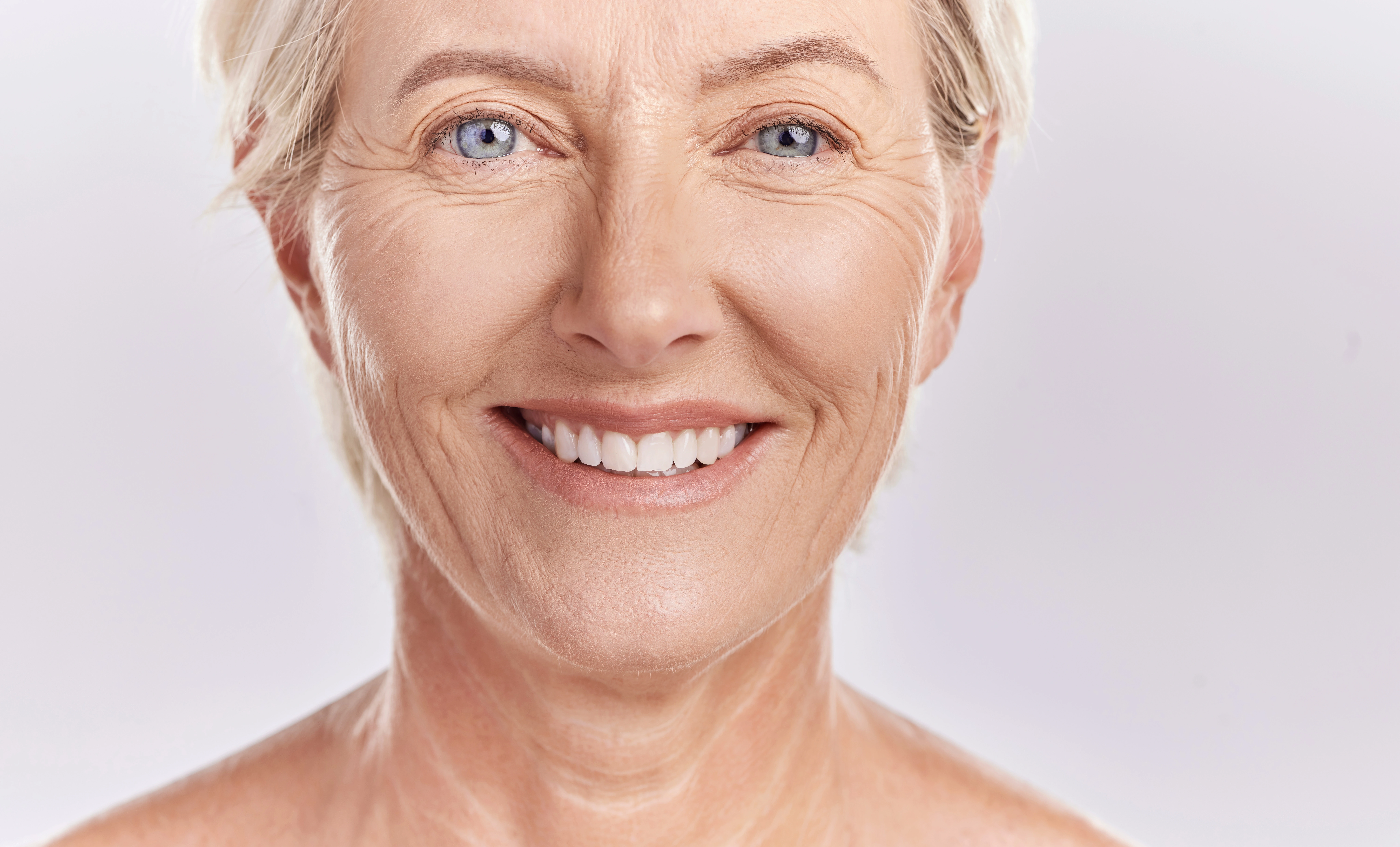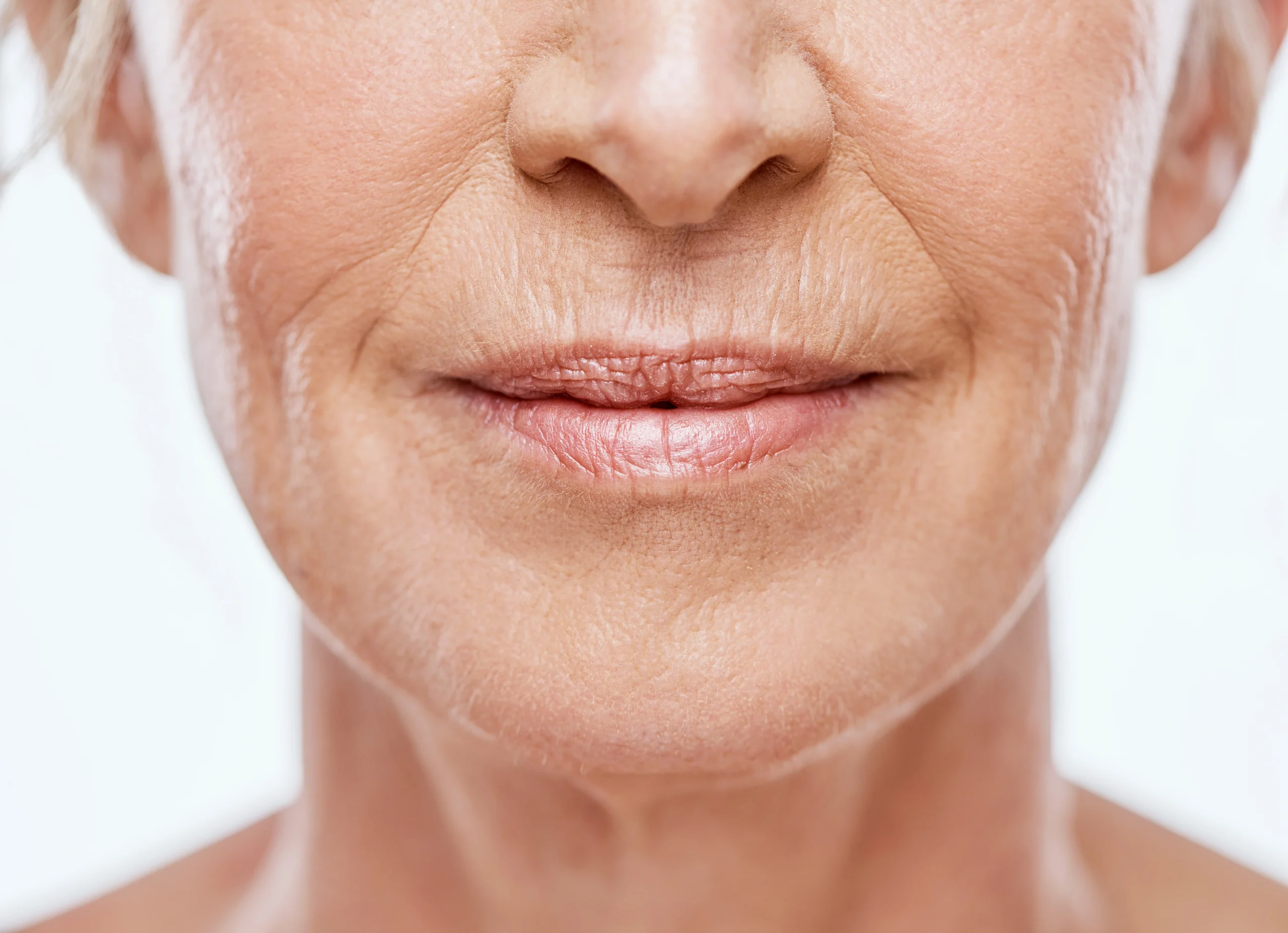
Fine Lines and Wrinkles
Fine lines and wrinkles are natural components of the aging process, impacting not only our appearance but also our overall skin health. In Dermatology, these visible signs of aging are a common concern for individuals seeking to maintain a youthful and vibrant look. This informative guide delves into the definition of fine lines and wrinkles, their significance in Dermatology, and the profound effects they can have on facial aesthetics and skin health.
What are Fine Lines and Wrinkles
Wrinkles are folds, creases, or ridges that develop on the skin over time, while fine lines are subtle, smaller wrinkles. These phenomena are often associated with the natural aging process but can be influenced by various factors. Understanding the nature of fine lines and wrinkles is crucial for informed decision-making regarding preventive measures and treatment options.
What Causes Wrinkles
Fine lines and wrinkles result from a combination of factors. Aging, prolonged sun exposure, and lifestyle choices contribute to their development. As the skin naturally loses elasticity with age, wrinkles become visible signs of this process. Sun exposure speeds up this aging, emphasizing the importance of sun protection. Lifestyle factors like smoking worsen wrinkles.
Essential proteins like collagen and elastin, vital for skin structure, decrease with age, contributing to wrinkles. Understanding this underscores the value of collagen-stimulating treatments. Genetics also play a role, influencing how our skin ages. Environmental factors, such as pollution, further impact wrinkle formation. Recognizing these influences helps tailor preventive measures for individual needs, creating a personalized approach to skincare.
Fine lines and wrinkles come in different types, categorized as dynamic wrinkles vs static fine lines and wrinkle vs deep wrinkles. Recognizing these distinctions helps tailor effective treatment approaches.
- Dynamic vs. Static Wrinkles: Dynamic wrinkles result from facial muscle movements and expressions, such as smiling or frowning. Static wrinkles, on the other hand, are visible at rest and deepen over time. Understanding these distinctions aids in tailoring effective treatment approaches.
- Fine Lines and Deeper Wrinkles: Fine lines are subtle and often the earliest signs of aging. Deeper wrinkles, more prominent and visible, may require different treatment modalities. Exploring the areas commonly affected, like the forehead, around the eyes, and the mouth, provides insights into personalized treatment plans.
At FCP Dermatology we offer a wide range of surgical and cosmetic Dermatology services, in a 5-star luxury setting.
- +1 (416) 861-8600
- Contact via Email
Wrinkle Treatment
Related Aging and Skin Concerns
Identifying the signs of fine lines and wrinkles is a pivotal step in making informed decisions about skincare. Signs and symptoms of fine lines and wrinkles include: Hollowed cheeks, thinning lips, deepening lines, sunken temples, and sagging skin.
Each of these visible signs represents specific changes that occur in facial features due to the natural aging process:
- Hollowed Cheeks: As individuals age, there is a natural loss of volume in the mid-face area. This loss of volume can result in hollowed or flattened cheeks, diminishing the youthful plumpness associated with a more vibrant appearance.
- Thinning Lips: Aging can lead to a reduction in collagen and elastin, affecting the fullness of the lips. Thinning lips are a common sign of aging, and addressing this concern often involves restoring volume and defining the lip borders.
- Deepening Lines: Fine lines, which are early indicators of aging, can evolve into deeper wrinkles over time. These lines may appear around the eyes (crow’s feet), between the eyebrows (frown lines), and on the forehead. Their deepening can contribute to a more pronounced aged appearance.
- Sunken Temples: Volume loss in the temples can result in a sunken appearance. This contributes to changes in facial contours and is a common aspect of aging that may become more noticeable as collagen and fat diminish in this area.
- Sagging Skin: The loss of skin elasticity, primarily due to decreased collagen production, leads to sagging skin. This can be particularly noticeable in areas like the jowls and neck, contributing to an overall less taut and firm facial appearance.
How to Prevent Wrinkles
Preventing or minimizing the development of wrinkles requires a holistic approach that incorporates skincare practices, lifestyle choices, and protective measures. A comprehensive strategy includes:
-
Sun Protection with SPF: Sunscreen with a broad-spectrum SPF is essential for wrinkle prevention as exposure to UV rays accelerates skin aging by breaking down collagen and elastin fibers. Consistent use of sunscreen, even on cloudy days, shields the skin from harmful UV radiation.
-
Healthy Lifestyle Choices: A well-rounded, healthy lifestyle significantly contributes to overall skin health. Avoiding smoking is crucial, as it can accelerate skin aging and increase the risk of wrinkles.
-
Diligent Skincare Routine: Establishing a diligent skincare routine tailored to individual skin types and concerns is vital. This routine should include cleansing, moisturizing, and the use of anti-aging products containing ingredients like retinol, tretinoin, growth factors, and antioxidants. Retinol and tretinoin promote skin renewal, stimulate collagen production, and improve skin texture. Additionally, collagen benefits the skin by enhancing elasticity and reducing the appearance of wrinkles. These elements work synergistically to combat the effects of environmental stressors and promote youthful-looking skin.
-
Nutrition and Hydration: Maintaining a balanced diet rich in antioxidants, vitamins, and minerals is essential for skin health. Hydration is also crucial, as it helps plump the skin and reduce the appearance of fine lines and wrinkles. Encourage individuals to drink plenty of water and consume foods that support skin health, such as fruits, vegetables, and omega-3 fatty acids.
Embarking on the journey to address fine lines and wrinkles requires not just a destination but a trusted guide.Only a qualified Dermatologist can develop a plan toward rejuvenation, confidence, and skin health. This section sheds light on the pivotal role of selecting the right Dermatologist, emphasizing the critical nature of this decision in ensuring a successful and satisfying treatment experience.
- The Significance of Expertise: A qualified Dermatologist brings a wealth of specialized knowledge and extensive training to the table. Their understanding of skin anatomy, aging processes, and the intricacies of various treatments positions them as experts in the field. This expertise is fundamental in crafting personalized and effective treatment plans.
- Board Certification as a Benchmark: The journey to find the right Dermatologist often begins with assessing credentials. Board certification is a vital benchmark, indicating that the dermatologist has undergone rigorous examinations and has been recognized by a reputable board of experts. It assures patients that they are in the hands of a professional committed to excellence.
- Proven Track Record: Positive patient reviews and a proven track record speak volumes about a Dermatologist’s reliability. Individuals often share their experiences, outcomes, and satisfaction levels through reviews. Choosing a Dermatologist with positive feedback establishes a level of trust and confidence in their ability to deliver results

Wrinkle Treatments
Best Treatment of Deep Wrinkles on Face
Non-surgical treatment options present a highly effective approach to managing fine lines and wrinkles, offering individuals a non-invasive means to rejuvenate their skin. This section delves into the realm of these non-surgical solutions, providing a detailed exploration of the popular treatments—Botox, dermal fillers, and laser therapy.
Botox Injections: Botox/Dysport, or Botulinum Toxin, is a neurotoxin that temporarily paralyzes specific muscles responsible for dynamic wrinkles. By inhibiting muscle contractions, Botox smoothes out existing wrinkles and prevents the formation of new ones.
Dermal Fillers: Dermal fillers, often made of hyaluronic acid or other biocompatible materials, are injected beneath the skin to restore lost volume and fill in wrinkles. They plump up the skin, reducing the appearance of lines and creases.
Laser Therapy: Laser treatments use focused light energy to stimulate collagen production, promoting skin tightening and reducing the appearance of wrinkles. Different types of lasers target specific skin concerns, allowing for a customized approach.
Combining different treatments has emerged as a powerful strategy to address multiple aspects of aging, like fine lines and wrinkles. Dermatologists may recommend a combination of dermal fillers, collagen-stimulating injections, and other techniques to achieve comprehensive and synergistic results. This tailored approach ensures that individual needs and goals are addressed effectively.
Wrinkles are primarily caused by intrinsic aging processes such as decreased collagen production and skin elasticity, as well as extrinsic factors like sun exposure, smoking, repetitive facial expressions, and environmental pollutants.
Preventing wrinkles involves practicing good skincare habits, such as daily sunscreen use, staying hydrated, avoiding smoking, and incorporating antioxidant-rich foods into your diet to support skin health.
Wrinkles can be reduced through various methods, including skincare products with retinoids or antioxidants, cosmetic procedures like Botox injections, dermal fillers, or laser therapy, and lifestyle changes such as quitting smoking and protecting the skin from sun damage.
Forehead wrinkles can be minimized through skincare routines involving moisturizers and products containing retinoids, as well as cosmetic treatments like Botox injections or laser therapy targeted at smoothing the skin.
Eye wrinkles can be treated with specialized eye creams, serums containing hyaluronic acid or peptides, and cosmetic procedures like Botox injections or laser resurfacing targeted at the delicate skin around the eyes.
Frown lines can be minimized with Botox injections, dermal fillers, or topical treatments containing retinoids or peptides. Practicing facial exercises and relaxation techniques may also help reduce muscle tension in the area.
Preventing forehead wrinkles involves avoiding sun exposure, using sunscreen daily, moisturizing regularly, staying hydrated, refraining from smoking, and considering preventative treatments like Botox injections to relax forehead muscles.
To improve skin elasticity, incorporate collagen-boosting ingredients like retinol and peptides into your skincare routine, maintain hydration levels with moisturizers, and consider cosmetic procedures like radiofrequency treatments or microneedling.
Avoiding wrinkles on the skin involves protecting it from sun damage by wearing sunscreen daily, staying hydrated, using moisturizers containing hydrating ingredients like hyaluronic acid, and avoiding smoking to prevent premature aging.
Combatting wrinkles involves a multi-faceted approach, including skincare routines with anti-aging products, cosmetic procedures like Botox or fillers, and lifestyle changes such as quitting smoking and protecting the skin from sun damage.
Preventing age spots primarily involves minimizing exposure to ultraviolet (UV) radiation from the sun and adopting healthy skincare habits.
Botox injections temporarily paralyze the muscles responsible for dynamic wrinkles, such as frown lines and crow's feet, resulting in smoother-looking skin.
Botox can help prevent the formation of wrinkles by temporarily relaxing the muscles responsible for creating dynamic wrinkles, such as frown lines and crow's feet. By inhibiting muscle movement, Botox can minimize the repetitive facial expressions that contribute to wrinkle formation over time. However, Botox's preventive effects are temporary, and regular maintenance treatments are typically needed to sustain results. It's essential to consult with a qualified healthcare provider to determine if Botox is an appropriate option for wrinkle prevention based on individual concerns and goals.
Retinol is known to be effective in reducing the appearance of wrinkles. Retinol, a derivative of vitamin A, works by stimulating collagen production and promoting cell turnover, leading to smoother and firmer skin. It helps to improve the texture and tone of the skin, reducing the depth and visibility of fine lines and wrinkles over time. Incorporating retinol into your skincare routine can contribute to overall skin rejuvenation and a more youthful complexion. However, it's essential to use retinol products as directed and gradually increase usage to minimize potential irritation, particularly for those with sensitive skin. Consulting with a dermatologist can help determine the most suitable retinol regimen for individual skin concerns.
Fine lines and wrinkles are signs of aging characterized by thin, shallow creases and folds in the skin, typically appearing on areas like the face, neck, and hands.
While diet and nutrition play a role in overall skin health, there is limited evidence to suggest that specific dietary factors directly impact the appearance of age spots. However, maintaining a balanced diet rich in antioxidants, vitamins, and hydration can support skin health and may contribute to a more radiant complexion.
